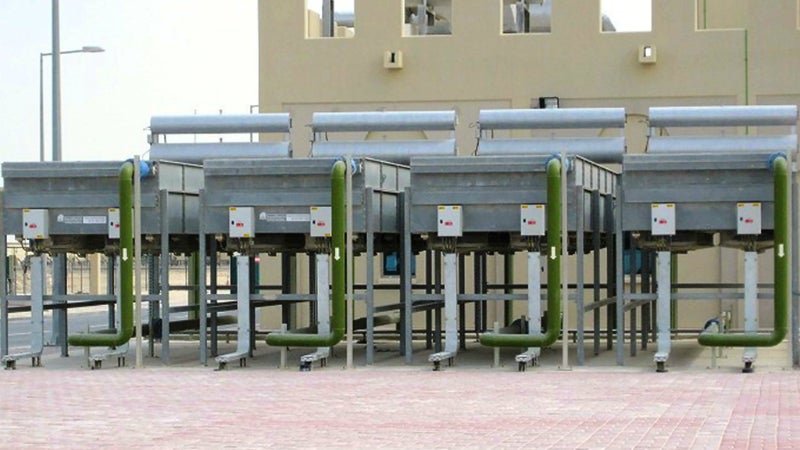 We’re all about helping you settle on the best equipment and the best costs.
We’re all about helping you settle on the best equipment and the best costs.
When you’re thinking about a cooling system purchase, here’s what to consider in order to keep your outgoings low.
Decide how you want your money to work
We’ve all weighed up a similar decision – do you buy cheaper, or do you splash out on a version which will stand the test of time?
Whether you go for low capital costs upfront or invest much more initially to reap ongoing savings long-term – it all depends on the type of system you’re after.
Low cost, little use
If you need a cooler for ‘as and when’ work, then don’t go for high spec. An air blast cooler for a diesel backup generating set for example, would only be set to work in rare circumstances when the mains go out. So all you want is something good enough to ensure heat dissipation produced by the generating set during a power cut. Get a basic option and the job’s a good’un.
Higher cost, hard worker
On the other hand, an all-singing, all-dancing option is definitely to be considered for processes that run continuously – such as coolers in data centres where operations essentially need to continue all year round and 24 hours a day.
These buildings need to be as environmentally friendly as possible, so if you need to be assured of ultra-energy efficient equipment, and achieving a lower PUE (Power Usage Efficiency) reading, then commission cooling units packed full of the latest innovative technology such as EC variable speed fans and PLC based control systems.
There are huge amounts of energy to be saved throughout the year with these EC motors or variable speed inverter drives. Go for pumps fitted with pressure based speed controls too and the return on investment of such technology is very quick.
Connect up
Gain savings by looking at how your cooling equipment interacts with the rest of your system. Consider air blast cooler and pump set controls with embedded PLCs so they can talk to site BMSs (Building Management Systems) as standard. As well as ease of access via wifi and 3G, it means that water temperature set points and fan speeds can be monitored and altered to see the effect on the system efficiency as a whole.
Clean up
A simple way to keep costs down is to ensure cooling equipment is kept clean and free from debris. Any build-up in your heat exchange coil can put extra strain on your fans and reduce performance capability and efficiency as a result.
Give it some space
Air blast coolers work far more efficiently if they have clear space around them to drag plenty of cool air into them. So if things have got a bit messy, time to tidy up.
Ideally in the installation process, coolers should be given a wide birth. If they’re sited with walls or other equipment around them then fans may have to work harder to overcome the additional air side pressure drop put on them. Warm air re-circulation, where the heated exhaust air is dragged back into the cool air stream, is also vastly increased – reducing efficiency, which could lead to equipment unable to dissipate the required amount of heat at all.
If space is an issue, there are always options to consider. A V-Cooler with a smaller footprint may be appropriate, or increasing the height of the cooling equipment with an extended legs option may enlarge the air inlet envelope so there is no adverse effect on performance.
Put it outside if possible
Take advantage of all the UK’s cold weather by choosing free cooling, an energy and cost-saving alternative in winter months, when the outside air is used to chill water instead of energy consuming chillers powered inside the building.
It works well for much of the year, when spring and autumn ambient air temperatures can still be particularly cool. Payback on a system of this nature can be as short as 4-6 months, with substantial cost savings after that.
What’s great too, is that free cooling systems can be retrofitted to most pre-existing water cooling equipment to prevent the need for a full cooling system overhaul, which means even more businesses can benefit from this trend as continues to become best practice.
Put the right stuff in
Like a car, it helps to put the right fuel in to keep things running smoothly. So with that in mind, be careful of glycol concentration levels. Too much anti-freeze can have an adverse reaction on efficiency.
We’ve discovered that using plain water as a coolant has a specific heat value of 4.19kJ/kg/K but using 40% ethylene glycol gives a value of approximately 3.8kJ/kg/K (dependent on coolant temperature). This is a difference of 10% and the effect on cooling efficiency is effectively the same.
Let us know if you need any advice on reducing your costs!

